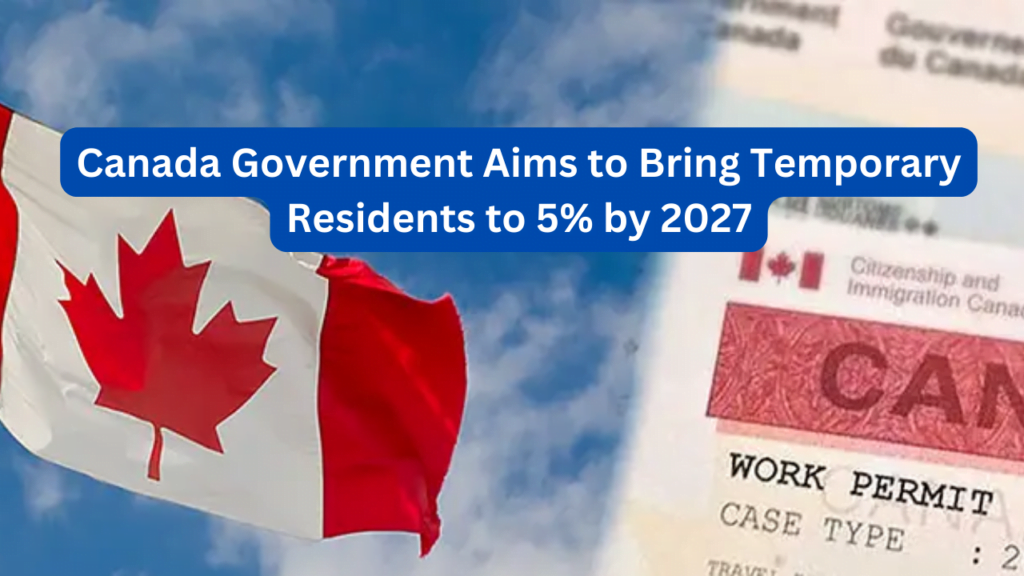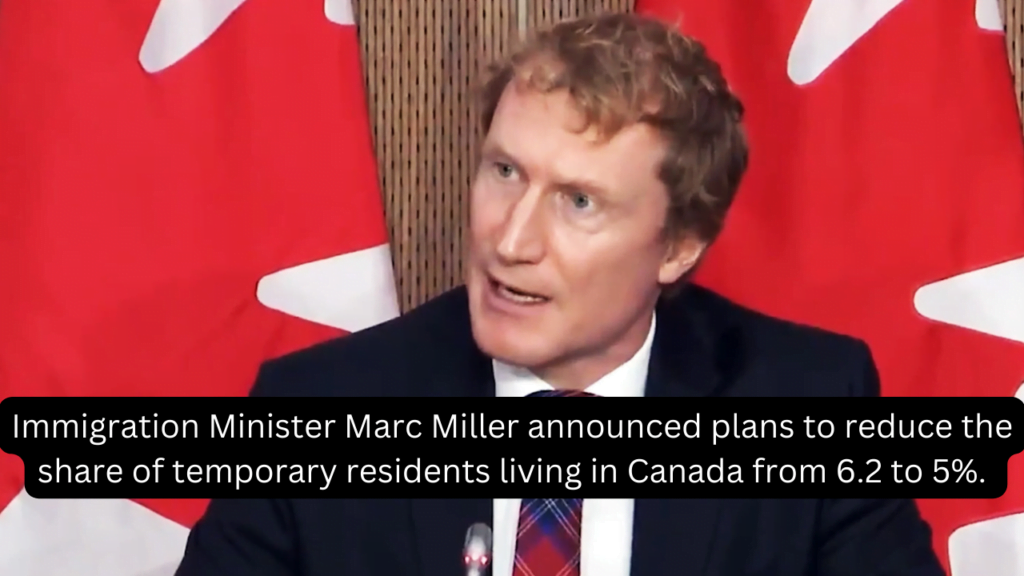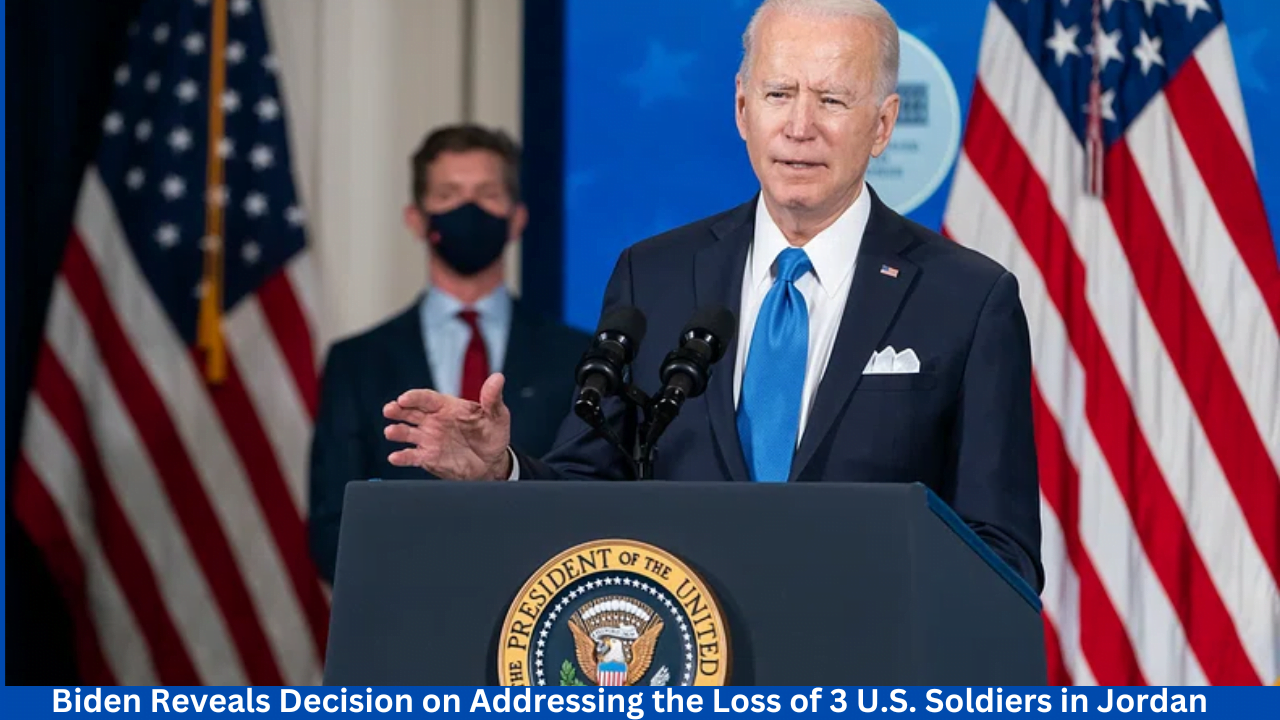The Canada government wants to reduce the proportion of temporary residents in Canada’s population during the next three years, according to Immigration Minister Marc Miller‘s statement on Thursday.
According to Miller, the percentage of temporary residents in Canada’s population was 6.2% in 2023; however, the government aims to bring that figure down to 5% by 2027. In his estimation, that would result in an approximately 19% drop in the number of temporary residents.

“This is not a historical low, driving it down by 19 per cent, but it is something that has to be done well,” Miller stated.
“It’s a reasonable goal, I think it’s relatively ambitious, but its something we have to crystallize over the next three years.”
The yearly immigration levels plan that Canada government plans to issue in the fall will, for the first time, include temporary residents.
Canada Government & Work Permit Programs:
Miller stated that in an attempt to “better align with labour market needs,” Immigration, Refugees and Citizenship will be reviewing the Canada government’s temporary work permit programs.
“Canada’s future economic vibrancy depends on those we bring in today, whether we like that or not,” he said.
As on May 1, companies in some areas will be able to hire less temporary foreign workers, according to Employment Minister, Workforce Development and Official Languages Randy Boissonnault‘s announcement.

In April 2022, the Canada government implemented temporary provisions that let businesses in the hospitality and food service industries—as well as other sectors dealing with a labor shortage—to hire up to thirty percent of their staff for low-wage roles under the Temporary Foreign Worker program.
Boissonnault announced on Thursday that the cap for the majority of industries will be reduced to 20%. Up to thirty percent of workers in the construction and healthcare industries in Canada may still be hired via the scheme. During their peak seasons, seasonal businesses including agriculture, fishing, and tourism are free from caps.
The application process for labor market impact assessments (LMIAs) will also see modifications from the Canada government. It is necessary for employers to apply for an LMIA before hiring a foreign national.
However, Boissonnault stated that rather than the existing one-year period, newly issued LMIAs will only be valid for six months. Employers will be subject to stricter standards from the government to demonstrate that they have explored all local choices, including recruiting asylum seekers with legitimate work permits.
“The program for temporary foreign workers is a final choice. Before applying for temporary foreign workers, we want companies and company owners to consider all of their options and try to give priority to workers within Canada,” Boissonnault stated.
In January, the administration declared that international student visas will have a two-year limit.
International student caps, according to Miller, will help reach the 5% goal.
“We are just now starting to get some control over the student category, which is a very large part of that,” he stated.
Miller announced that he will call a meeting in May with his colleagues from the provinces and territories to talk about the five percent reduction goal.
A quarter of 2023 saw more than 430,000 new residents enter the nation, the greatest rate of population increase in any quarter since 1957, according to Statistics Canada, which released its results in December.
Over 313,000 non-permanent residents entered the nation between July and September, contributing to that increase in foreign migration.
India has been a leading foreign nation for the Temporary Foreign Workers Program (TFWP) in Canada. Nearly 26,500 Indians received TFWP permits in 2023, second only to Mexicans with 45,500 permits. With around 20,600 temporary residence permits granted to its citizens under this scheme, the Philippines came in third place.
According to StatsCan, the majority of those non-permanent residents were those with work and study permits, with refugee claimants making up a smaller portion of the population.






